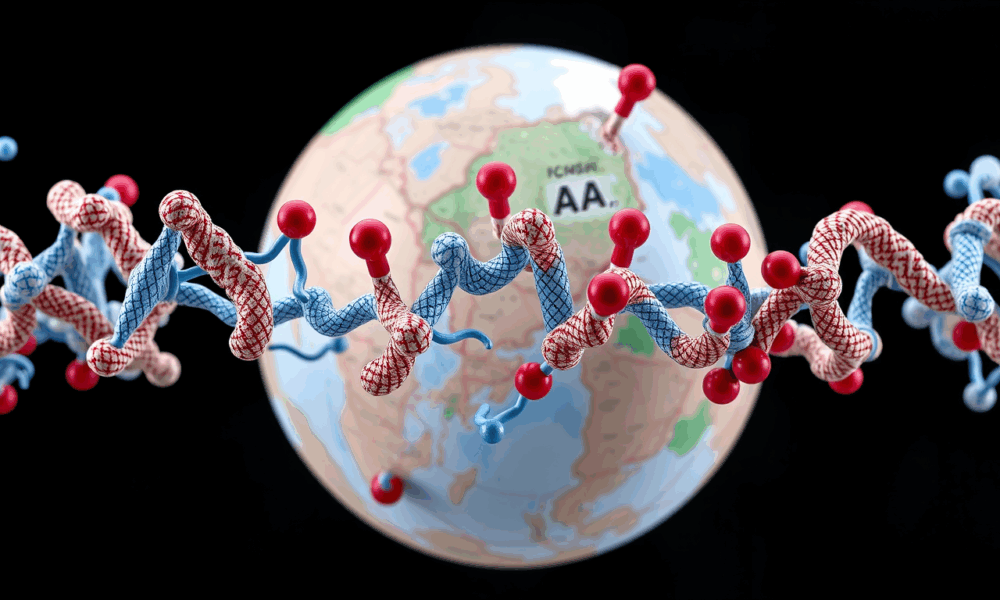
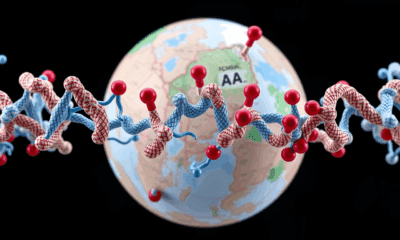

Taste, pain, or response to stress -- nearly all essential functions in the human body are regulated by molecular switches called G protein-coupled receptors (GPCRs). Researchers...



Janus heterobilayers -- dual-sided materials with unique properties -- may be the key to efficiently creating clean hydrogen fuels.
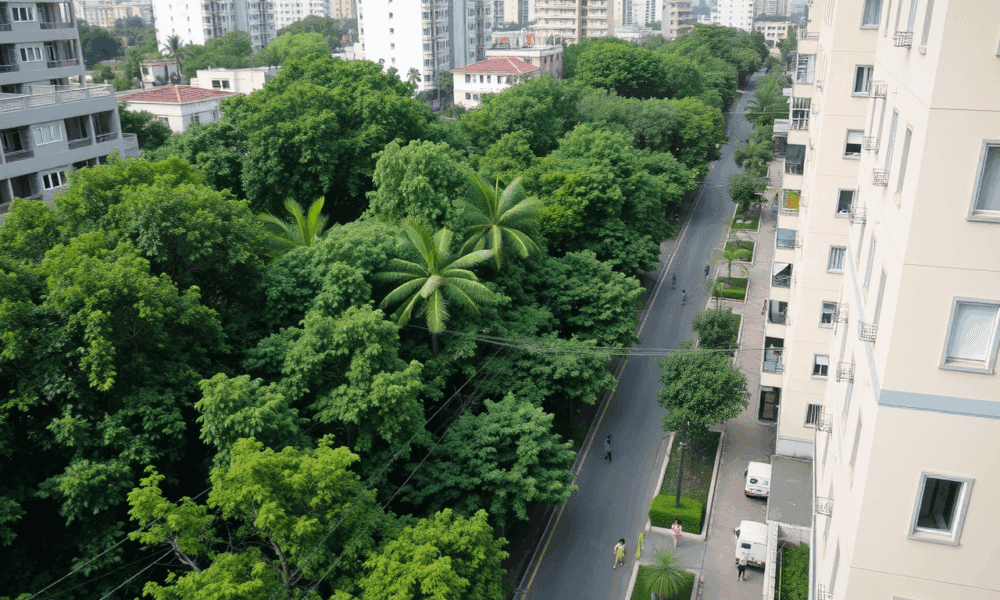


The combination of air pollution, dense urban development and limited green spaces increases the risk of asthma in both children and adults.
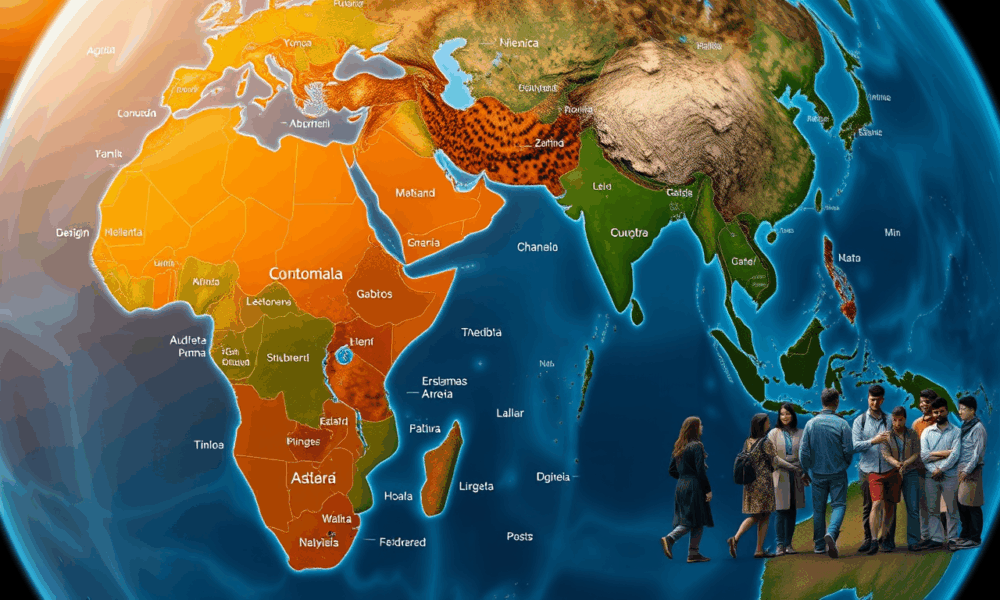
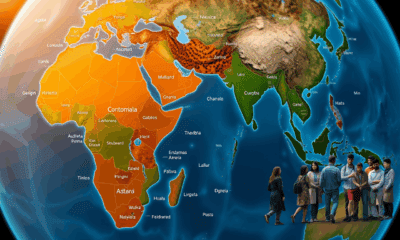

A study has shown scientific knowledge on the conservation of endangered species is often overlooked when not presented in English.
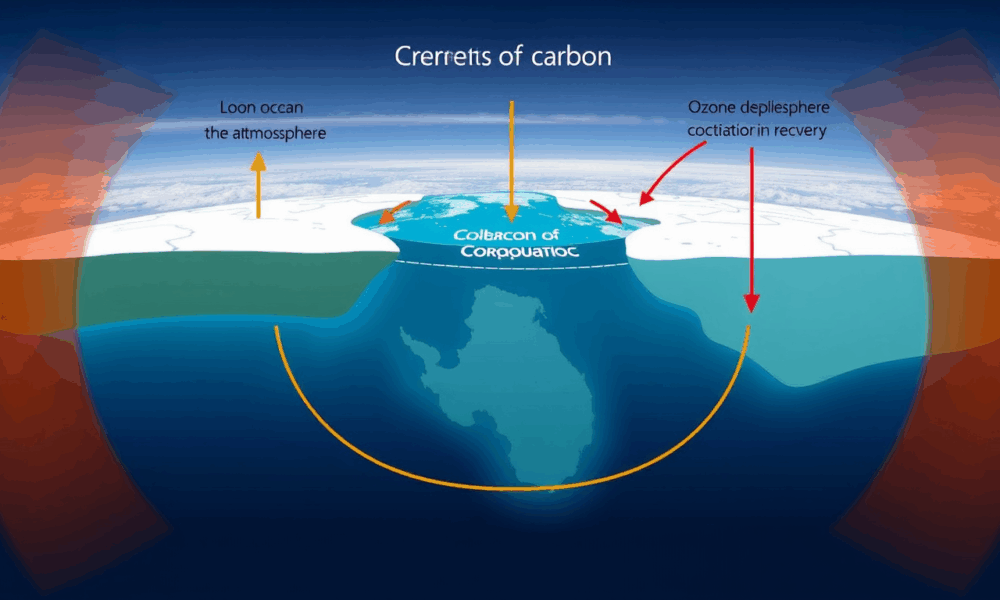
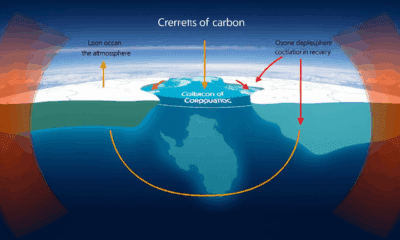

New research suggests that the negative effects of the ozone hole on the carbon uptake of the Southern Ocean are reversible, but only if greenhouse gas...



A new study reveals that heat-tolerant symbiotic algae may be essential to saving elkhorn coral (Acropora palmata) -- a foundational species in Caribbean reef ecosystems --...
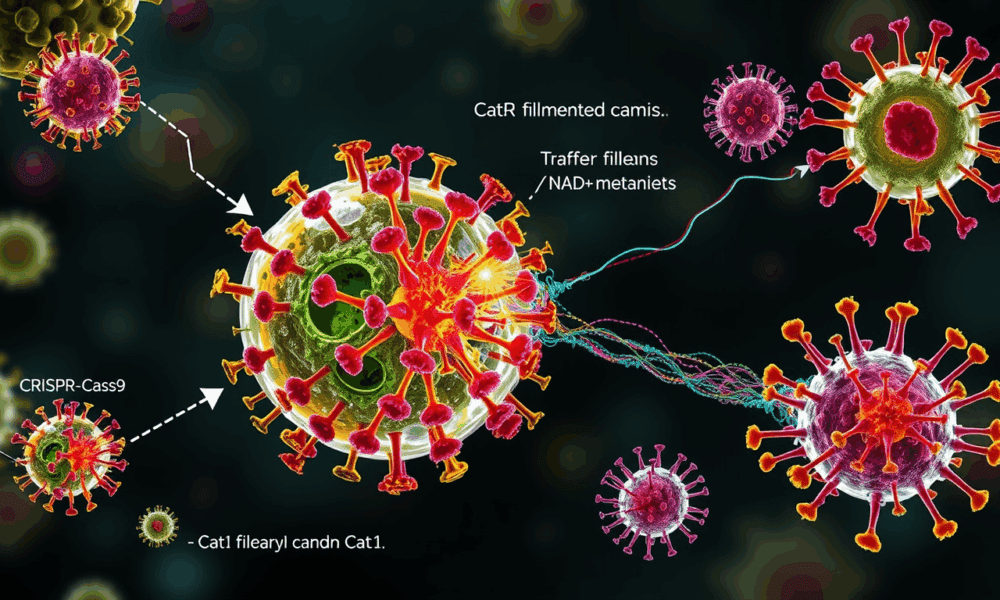
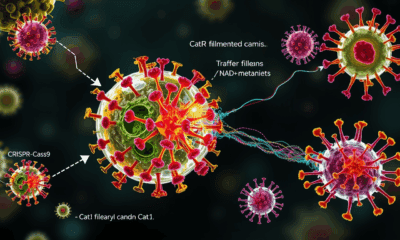

Newly discovered weapons of bacterial self-defense take different approaches to achieving the same goal: preventing a virus from spreading through the bacterial population.
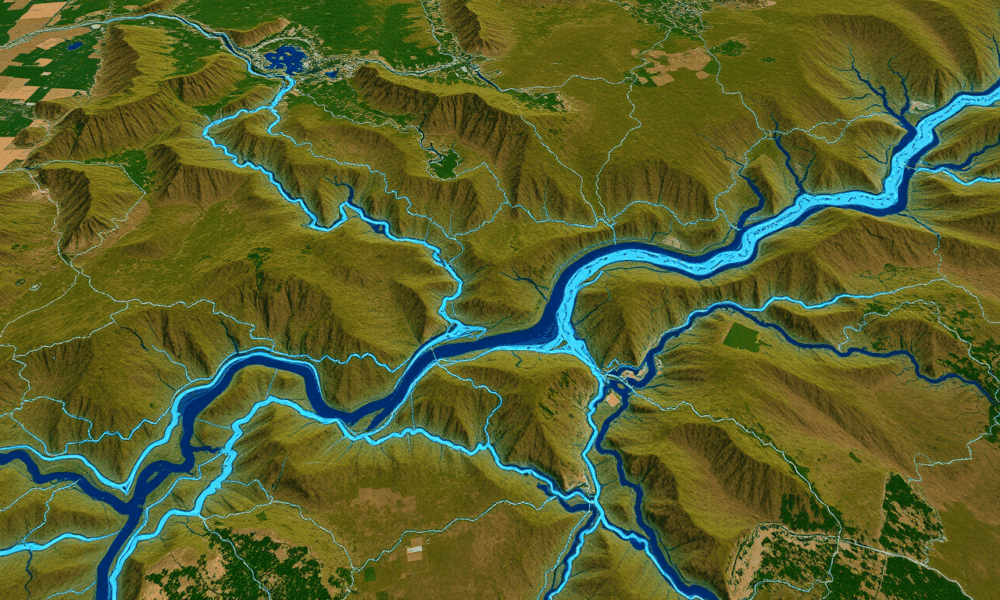
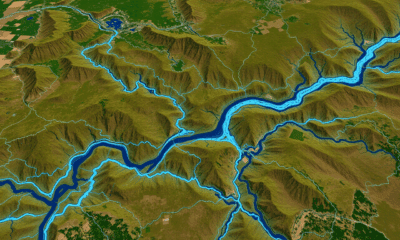

A team has created the most complete map of the world's rivers ever made offering a major leap forward for flood prediction, climate risk planning, and...
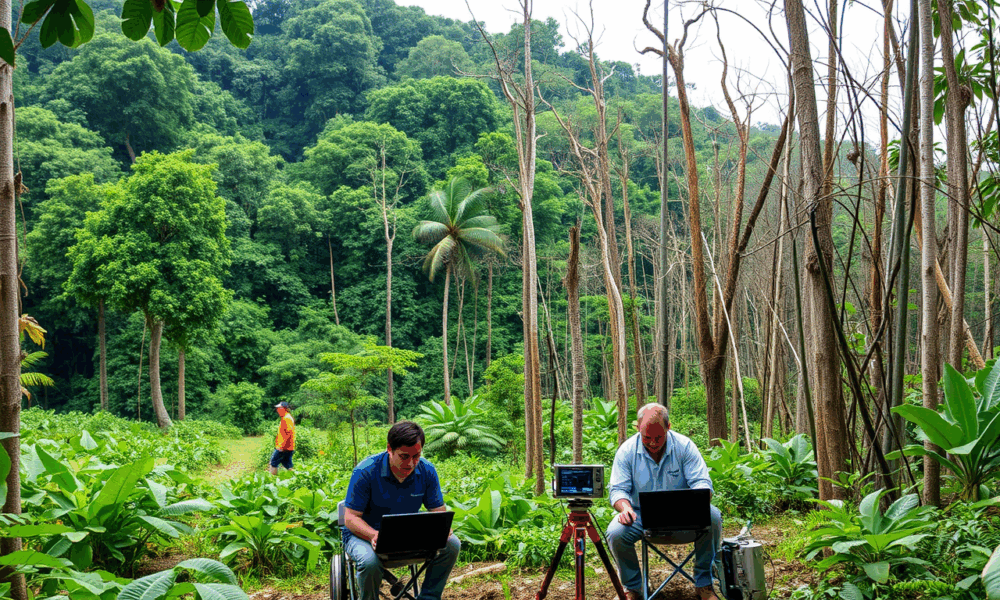


The Amazon rainforest may be able to survive long-term drought caused by climate change, but adjusting to a drier, warmer world would exact a heavy toll,...



In the natural world -- where predators pounce, prey flee, and group members feed and sleep in solidarity -- animal behavior is glorious in its variety....